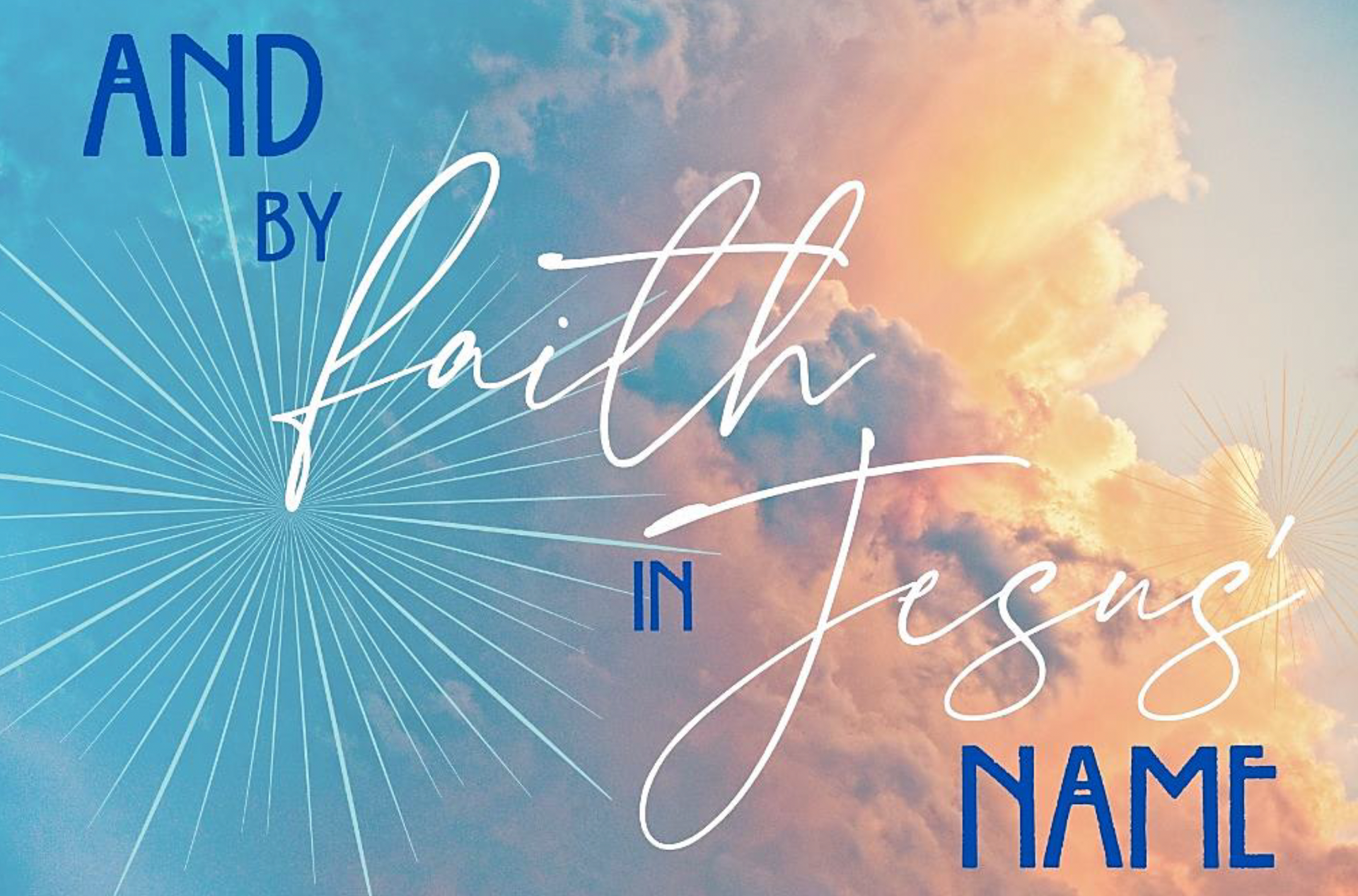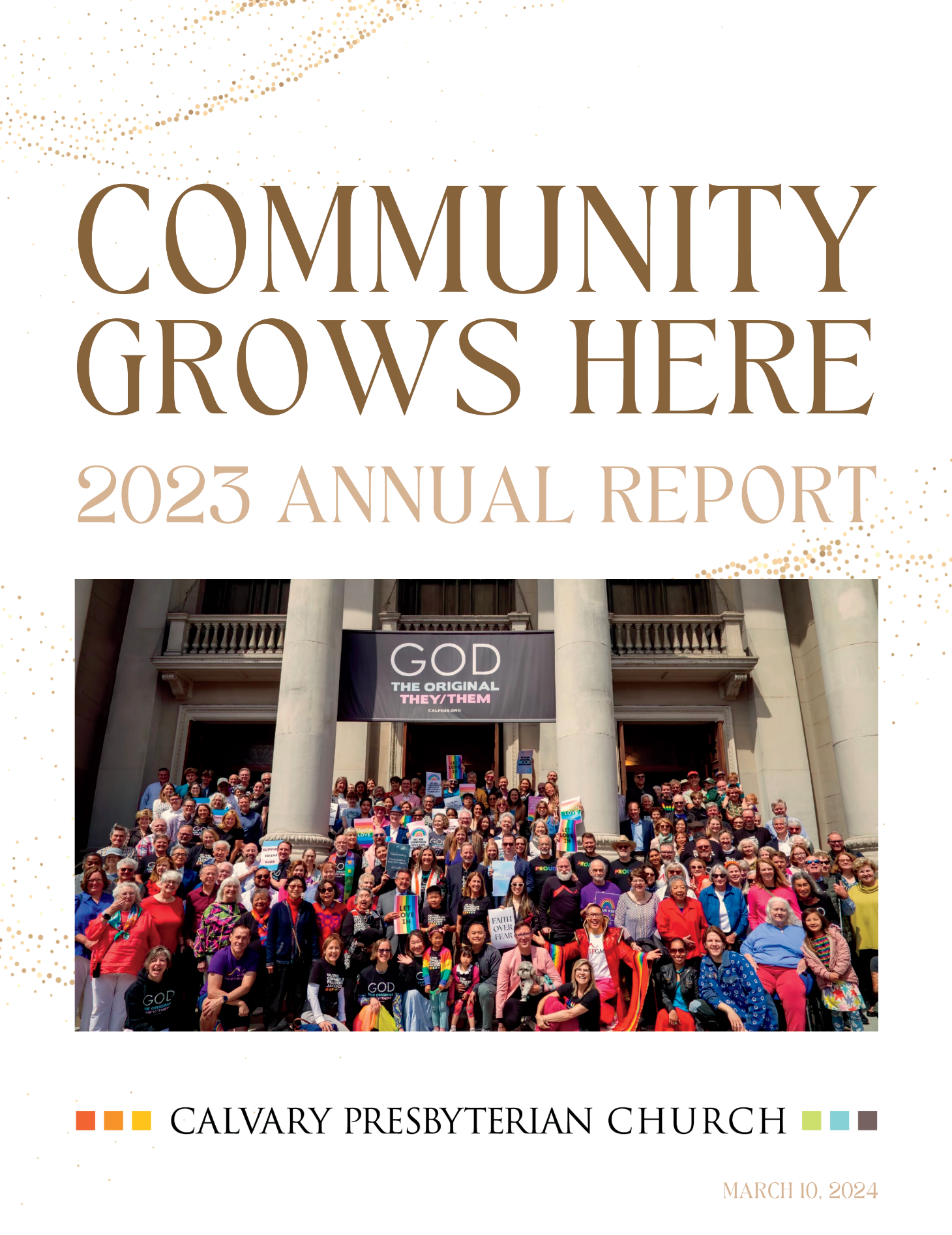Worship Service
Sundays at
10am
|
In-Person
or
Livestream
Here
Homeless San Francisco during Covid-19
In justice-minded San Francisco, city of billionaires, why are thousands of people left unsheltered during a mandatory shelter-in-place? In this video, you will learn about San Francisco’s tent encampments, the city government’s choices, hotel rooms and concrete ways to help. Special guest Kelley Cutler, an organizer for the Coalition on Homelessness, speaks with individuals in encampments and shares her experiences as a professional champion for the homeless and poor.
Rev. Victor Floyd and Alison Faison, Calvary staff and actively involved participants of Faith in Action Bay Area, will join Kelley in a discussion and Q&A on how we can better understand and help our most vulnerable neighbors.
• Kelley Cutler, Human Rights Organizer, Coalition on Homelessness San Francisco
• Alison Faison, Director of Children and Youth Ministries, Calvary Presbyterian Church San Francisco
• Rev. Victor H. Floyd, Minister of Spiritual Care, Calvary Presbyterian Church San Francisco
The Coalition on Homelessness is an advocacy and social justice organization that focuses on creating long-term solutions to homelessness, poverty, behavioral health treatment and housing issues, founded in 1987 by homeless people and frontline social service workers in San Francisco.
The Coalition on Homelessness has also founded the newspaper Street Sheet, the Community Housing Partnership, and the Western Regional Advocacy Project (WRAP). For more information visit cohsf.org Faith in Action Bay Area is a network of congregations and community leaders working to ensure that the dignity of all people in our community is upheld. We develop leaders, promote civic engagement, and lift up our faith values, in order to confront power and change systems. We envision a world in which all people receive the respect, justice, and opportunity they deserve. For more information, visit faithinaction.org/faith-in-action-bay-area.





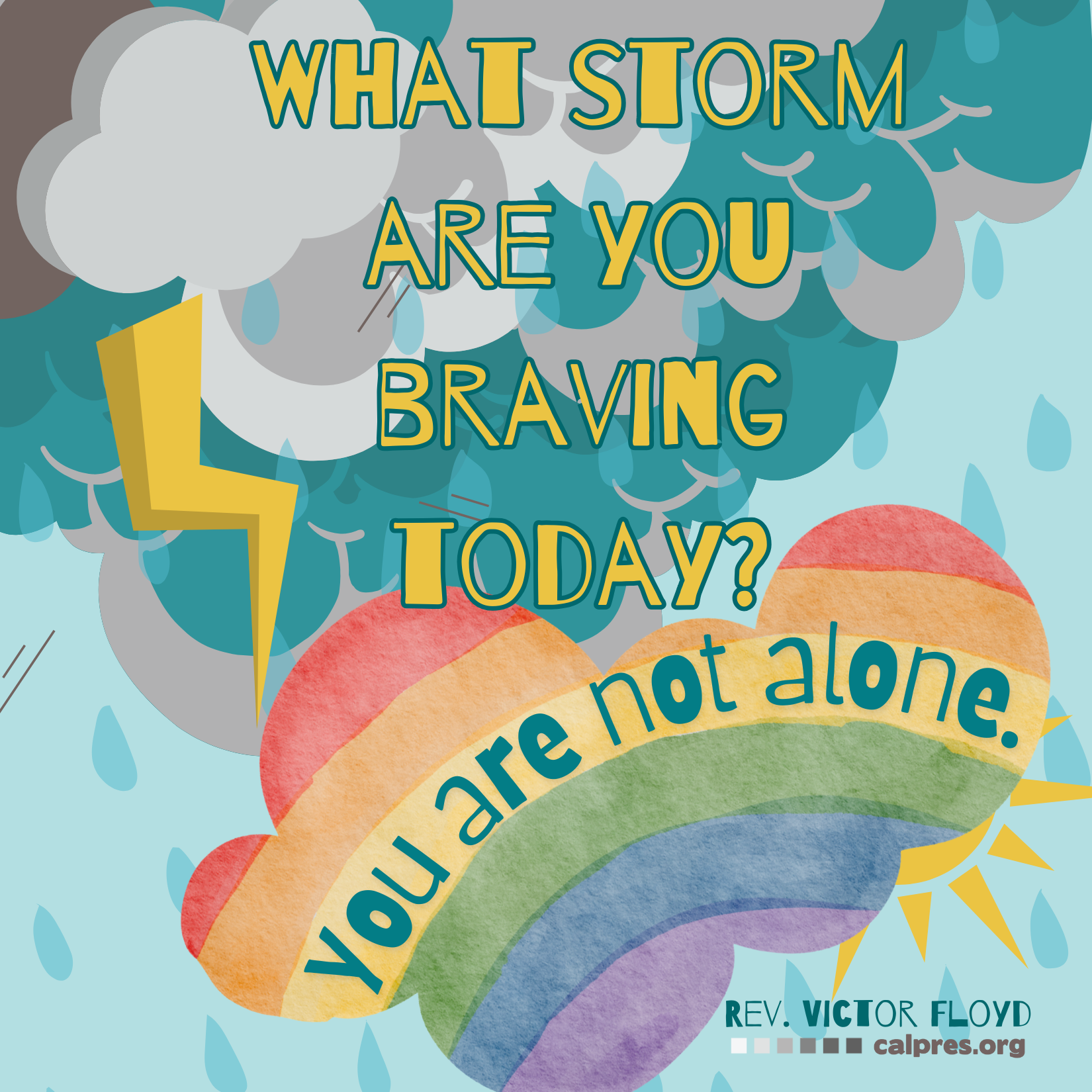
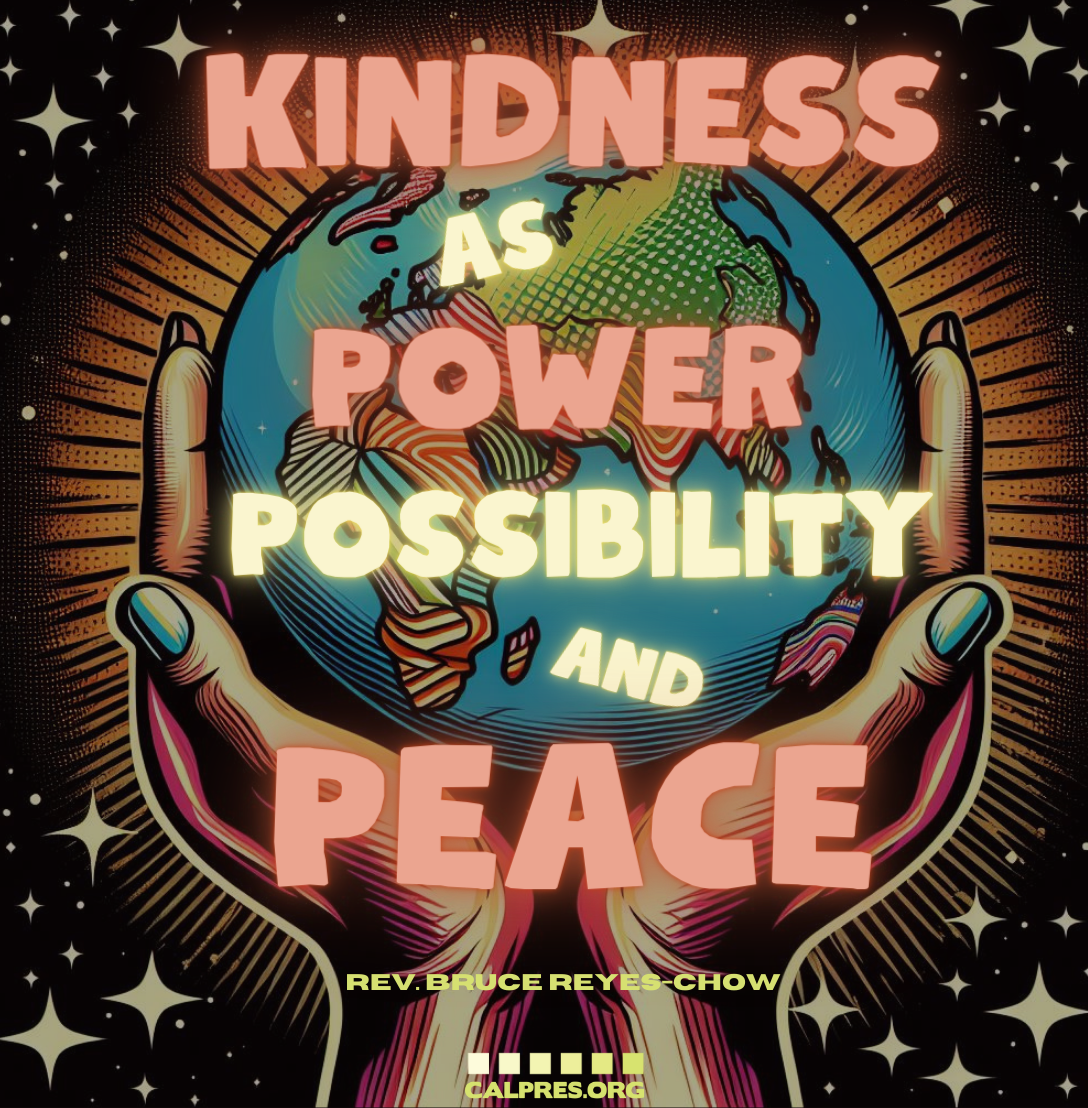
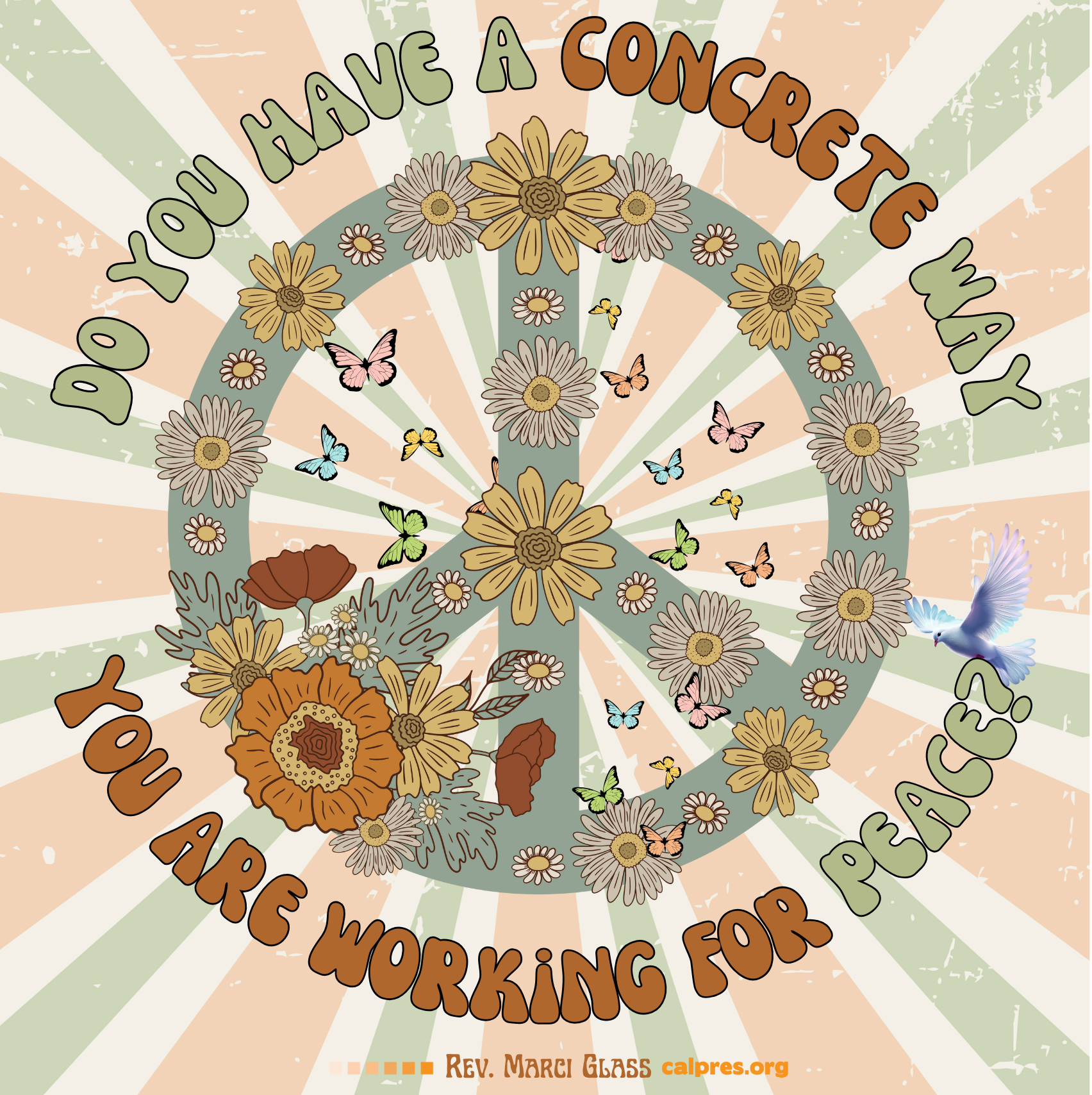
About Us
Our mission is to nurture and inspire our faith community to transform lives for Christ.
Church Office Hours
Sunday:
9:30am - 1pm
Monday - Friday:
10am - 4pm
Saturday: Closed
Contact Info
Calvary Presbyterian Church
2515 Fillmore Street
San Francisco, CA 94115
1 (415) 346-3832
info@calpres.org
Calvary is a 501(c)(3) nonprofit organization.
Tax ID # 94-1167431
